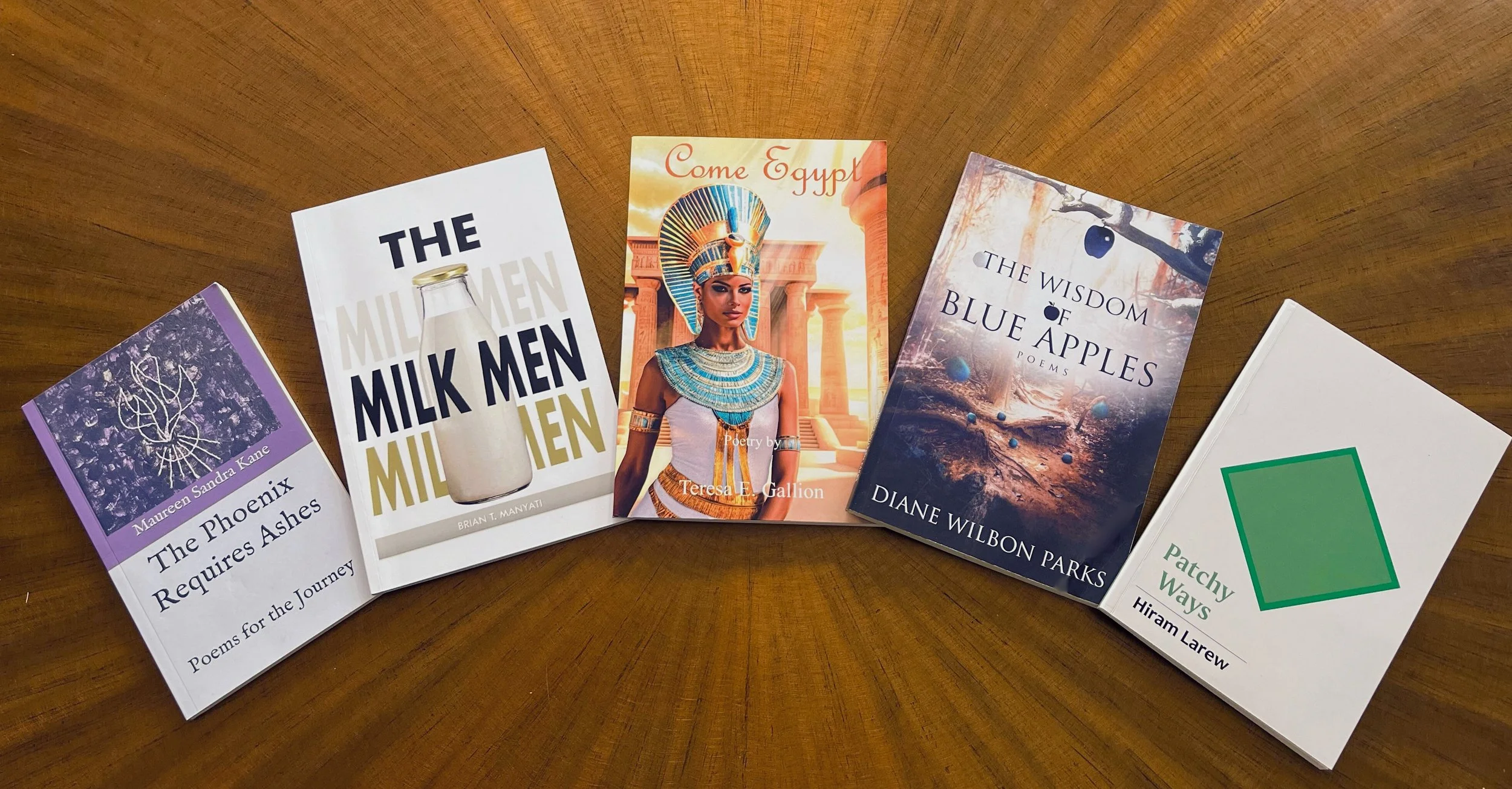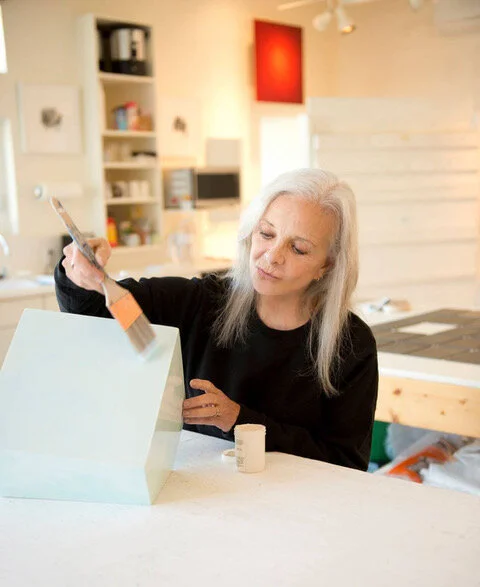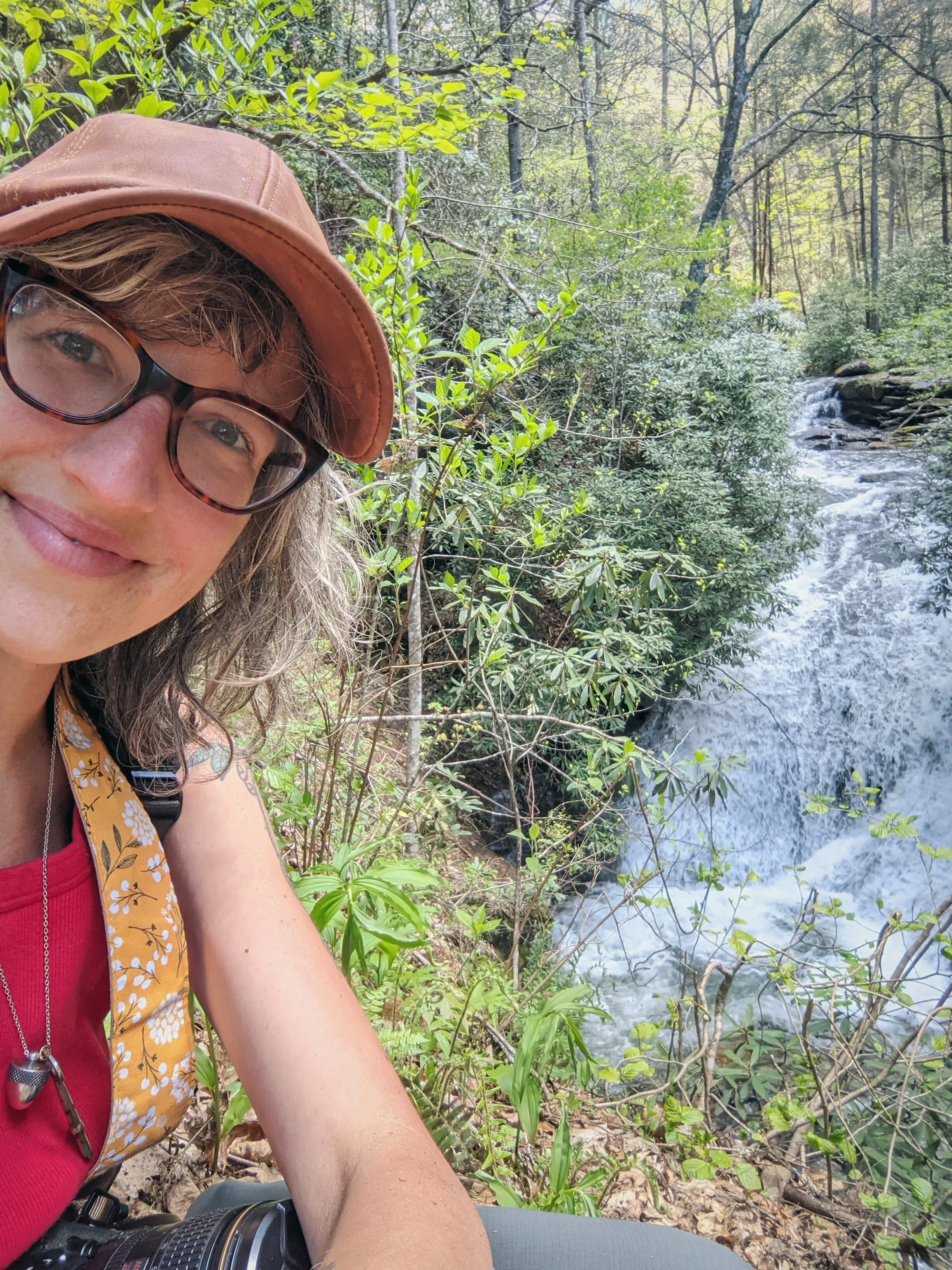By Mary Dezember, Ph.D.
Hidden in Plain Sight, Emerging Into the Light
Five years before Emily Dickinson’s poetry made its appearance in an 1890 Higginson-prefaced volume from a Bostonian publishing house [Roberts], New York publisher Cassell and Company released a book of poetry by twenty-six-year-old Helen Gray Cone [1859-1934] that received critical acclaim [Oberon and Puck, 1885]. In 1886, William Morton Payne of The Dial described the book as “a more ambitious kind . . . unusually full of promise.” [1]
Cone’s debut book of 1885 is a compilation of sixty-six highly lyrical, formal verse poems, many of which respond intertextually to works by authors, visual artists, and composers, such as Shakespeare, Dante, Boccaccio, Bastien-Lepage, and Bach, and often with a metaphysical poetic flair. Human condition themes explore ideology-and-effect, such as in the poems “The Conservative,” “The Liberal,” and “The Inheritance.” Her poems advocate women’s authority over their lives. Her sonnet “The Resolve” is in this collection.
Upon publication by Houghton Mifflin in 1891 of Cone’s second book, The Ride to the Lady and Other Poems, The Critic wrote, “The outlook for the future of poetry in this country grows distinctively brighter…”. [2]
In 1892, Payne [in The Dial] wrote that Cone had accomplished “advance in precision and in dramatic force.” [3] I delineate Cone’s oeuvre into three time periods, the Second Period being her Professional Poet Years of June 1876 to 1891, of which only these two of Cone’s poetry books — her nineteenth-century poetry— reside.
My intent is to bring Helen Gray Cone’s nineteenth-century poetry — and the poet herself — out of the shadows and into the view of Cone as a metrical pre-modernist, intertextual, female-empowerment poet of metaphysical finesse.
Poems that establish Helen Gray Cone’s identity as a poet are found in her nineteenth-century poetry, the striking poems that have been overlooked with virtually no inclusion in twentieth-century century and contemporary anthologies.
These are the poems of her first two books — Oberon and Puck (1885) and The Ride to the Lady and Other Poems (1891).














